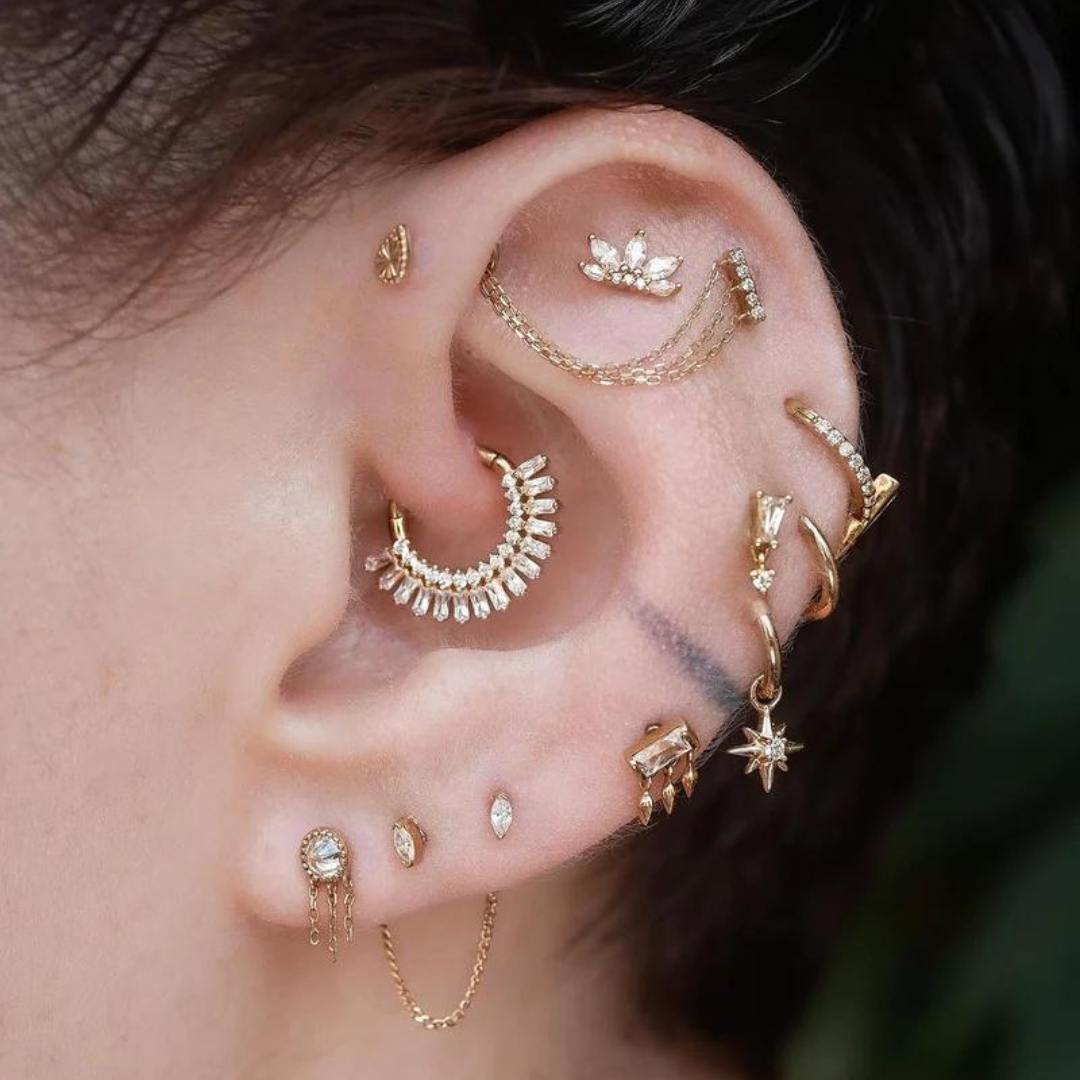Anodizing
Today we're talking (again) to you about anodizing!
This is simply the process we use to change the color of jewelry ![]() We regularly have questions about anodizing, so here is some information.
We regularly have questions about anodizing, so here is some information.
Anodizing is only possible on titanium (or niobium), it is not at all possible with “surgical steel”. We use quotation marks because it does not designate anything special, “surgical steel” is far from being used in surgery: it is only a type of metal which is not standardized to be implanted in the body.
The best way to know if a piece of jewelry is made of steel? Very simple, if it's sold at a more than ridiculous price it's crap ![]()
I hear in the background: "gna gna gna I've had steel jewelry for 10 years and I'm not dead", I've been going to play football on the highway for 10 years and he Nothing ever happened. I've been eating McDonald's for 15 years and I haven't died, so it's not bad for your health either. At the same time, what did you expect with a piece of jewelry bought for 2/3/5 euros? ![]() ?! Anyway, back to our anodizing.
?! Anyway, back to our anodizing.
It is not at all a question of plating a color on the titanium jewel or covering it with another alloy. Titanium has a particularity: it reacts to the electric current passing through it (electrolysis bath).
The result ? A beautiful color that changes depending on the voltage! It only takes a few seconds to obtain blue, green or even a beautiful gold, rose gold or copper for example.
This allows us to offer you a beautiful range of different colors on your first installation jewelry, and at no additional cost. ![]() A little digression around black, be careful you are not ready: technically speaking, black is not a color!
A little digression around black, be careful you are not ready: technically speaking, black is not a color!
To obtain a black jewel it is much more complicated than anodizing. Which means that when you see cheap black jewelry, it’s inevitably a piece of crap. ![]()



